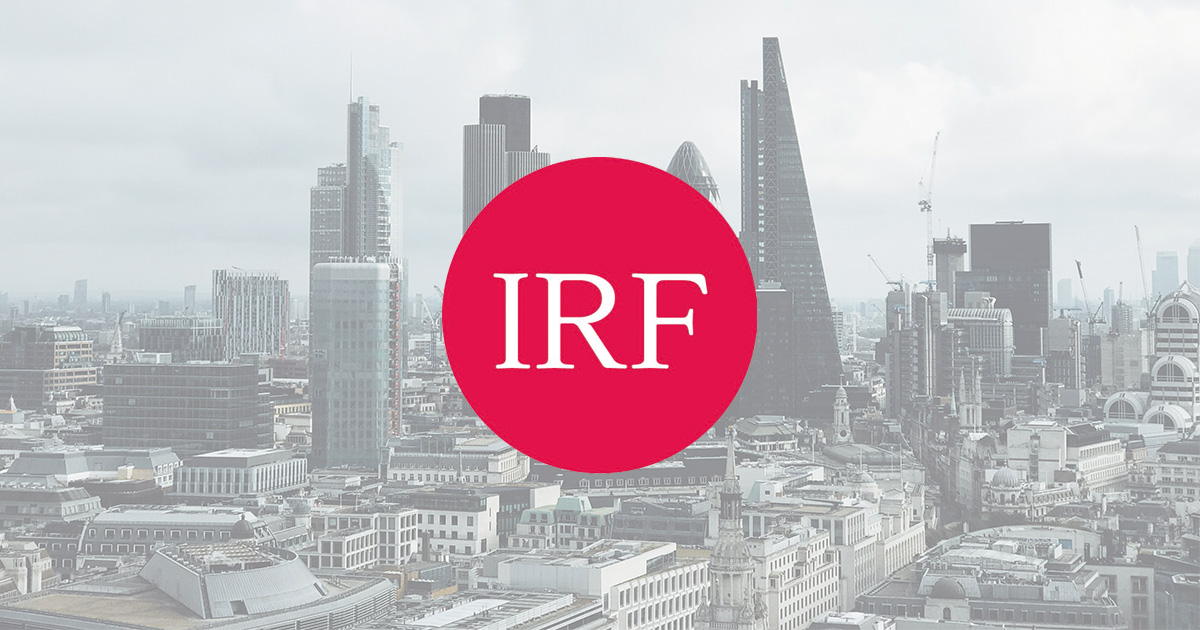Intertemporal Disequilibrium and a World of Bubbles
Intertemporal Economics
Tue 13 Apr 2021 - 15:00
Summary
Brian’s call contrasted the framework used by the Fed and most of Wall Street with an Austrian framework. The Fed’s game plan is to use short-term nominal interest rates to achieve a series of zero output gap periods, resulting in a long-run equilibrium. The Fed currently sees its role as adjusting the policy rate(s) to react to a constant stream of randomly occurring, normally distributed, transient positive and negative exogenous shocks. An alternative framework was discussed using Hayekian theory – finding the long-term rate of interest that keeps supply and demand in balance over the long-run, called the natural rate. The natural rate measures the average rate of return on investment across the economy and allows the economy to find the right level of supply to match the warranted level of demand. Using a three-chart system created by Professor Roger Garrison, showcasing investible funds, production possibilities curve and the structure of production, periods of simultaneous overinvestment and overconsumption can be explained. Brian went on to compare the United States and Chinese economies. If allocation is titled towards consumption, there will be a relatively low rate of growth as not as much capital is being invested such as in the US, whereas a higher rate of investment in capital like in China, will increase production and the ability to consume and invest. A problem not recognised by other schools of economics is the structure of production; the Fed’s actions cause direct changes in people’s incentives, moving away from equilibrium. If this equilibrium is revisited, it could cause recession. If interest rates are artificially cut, this sends signals to consumers to consume and producers to invest, leaving a gap in the middle that cannot be filled, symbolising wasted capital, shown via Hayek’s triangle.
Brian examined the ‘Scissor Blades Close’, where projects run faster than the innovations coming to the market, driving down the rate of return on capital, whilst the Fed’s policy rate rises along with inflation. The falling rate of return is eventually surpassed by the rising policy rate. At that point, the market rate of interest is above the natural rate and the leveraging process starts to unwind. Spending and investments are pulled back as interest rates have gone up. The result is a sudden swing from the current stock of capital seeming too small to a situation where the stock of capital seems much too large. The result is a bubble in prices followed by a crash. The Fed never reaches a long-run equilibrium because their focus on short-run zero output gap periods leads to a distortion of the capital structure.
Topics
The boom-bust cycle of the US economy is not driven by psychology
Long-term real interest rates are on a long-term downward trend - deviations are underpricing risk
Bitcoin is not a substitute for gold - real interest rates are the arbiter
